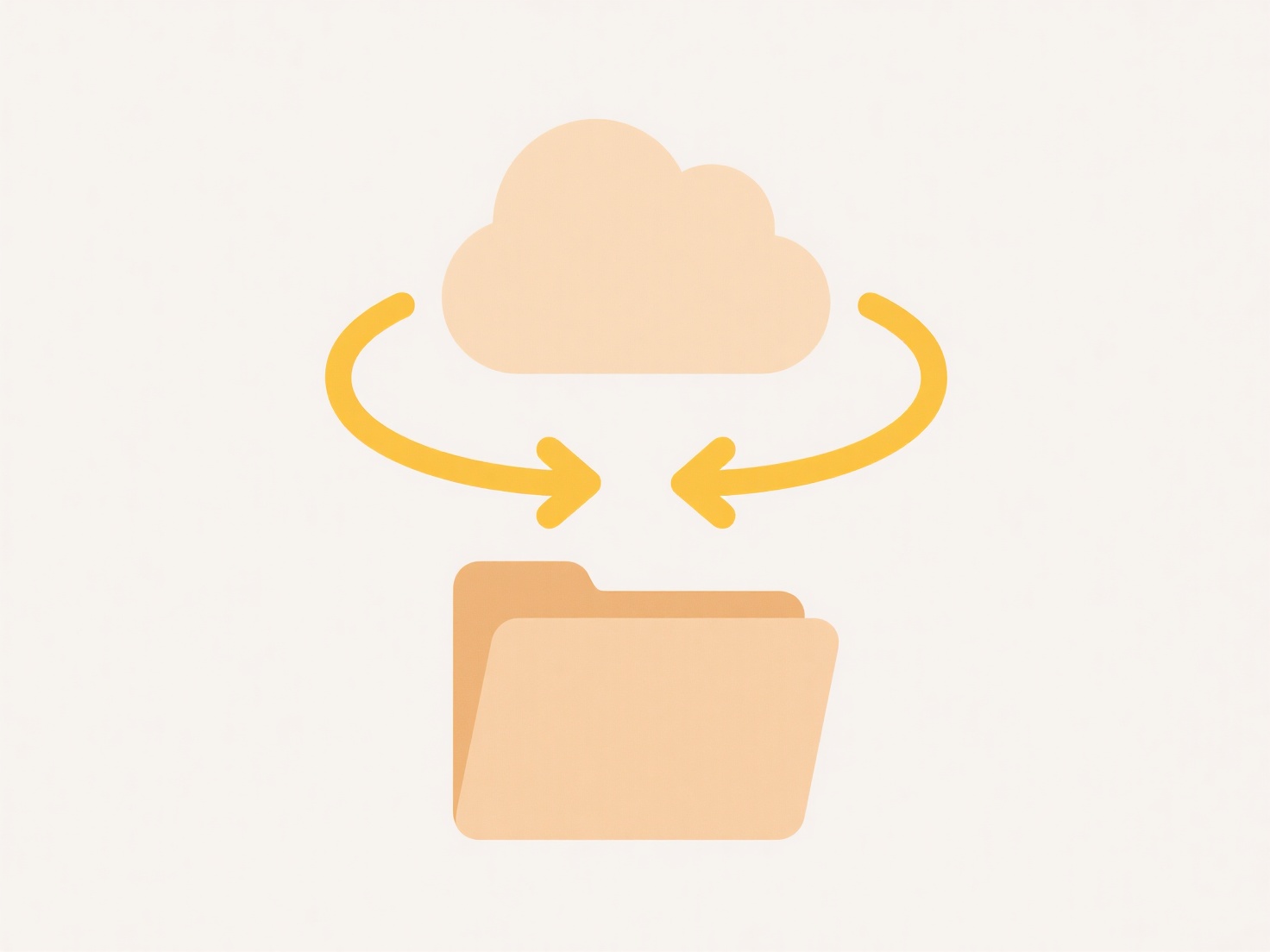
Securely embedding shared files refers to displaying external content within your website while maintaining control over who can view it. Unlike simple public links that grant anyone access, secure embedding employs authentication methods or restricted sharing settings from the original source. This ensures only authorized visitors can see the embedded file through your site, much like requiring a key to unlock a display case instead of leaving the contents open.

Common examples include embedding a presentation from Google Slides using restricted sharing settings so only users signed into specific accounts can view it. Similarly, platforms like Microsoft SharePoint allow embedding documents within internal web pages, enforcing company intranet permissions automatically. Educational platforms often securely embed course materials this way.
While secure embedding offers significant privacy advantages over open links by leveraging the source platform's security infrastructure, its effectiveness relies entirely on correctly configuring those permissions. Limitations include potential access errors for unauthorized users and the complexity of managing permissions across multiple files. Future developments focus on integrating more granular permission controls directly with website authentication systems for tighter access management.
Can I embed shared files in websites securely?
Securely embedding shared files refers to displaying external content within your website while maintaining control over who can view it. Unlike simple public links that grant anyone access, secure embedding employs authentication methods or restricted sharing settings from the original source. This ensures only authorized visitors can see the embedded file through your site, much like requiring a key to unlock a display case instead of leaving the contents open.

Common examples include embedding a presentation from Google Slides using restricted sharing settings so only users signed into specific accounts can view it. Similarly, platforms like Microsoft SharePoint allow embedding documents within internal web pages, enforcing company intranet permissions automatically. Educational platforms often securely embed course materials this way.
While secure embedding offers significant privacy advantages over open links by leveraging the source platform's security infrastructure, its effectiveness relies entirely on correctly configuring those permissions. Limitations include potential access errors for unauthorized users and the complexity of managing permissions across multiple files. Future developments focus on integrating more granular permission controls directly with website authentication systems for tighter access management.
Related Recommendations
Quick Article Links
Why do some files save in compatibility mode?
Some files save in compatibility mode to ensure they can be opened and edited correctly in older software versions. This...
Is Wisfile completely free to use?
Is Wisfile completely free to use? Wisfile is 100% free to use with no subscription fees or hidden charges. All operat...
How do I organize media files like images and videos?
Organizing media files like images and videos involves creating a logical system for naming, categorizing, and storing t...